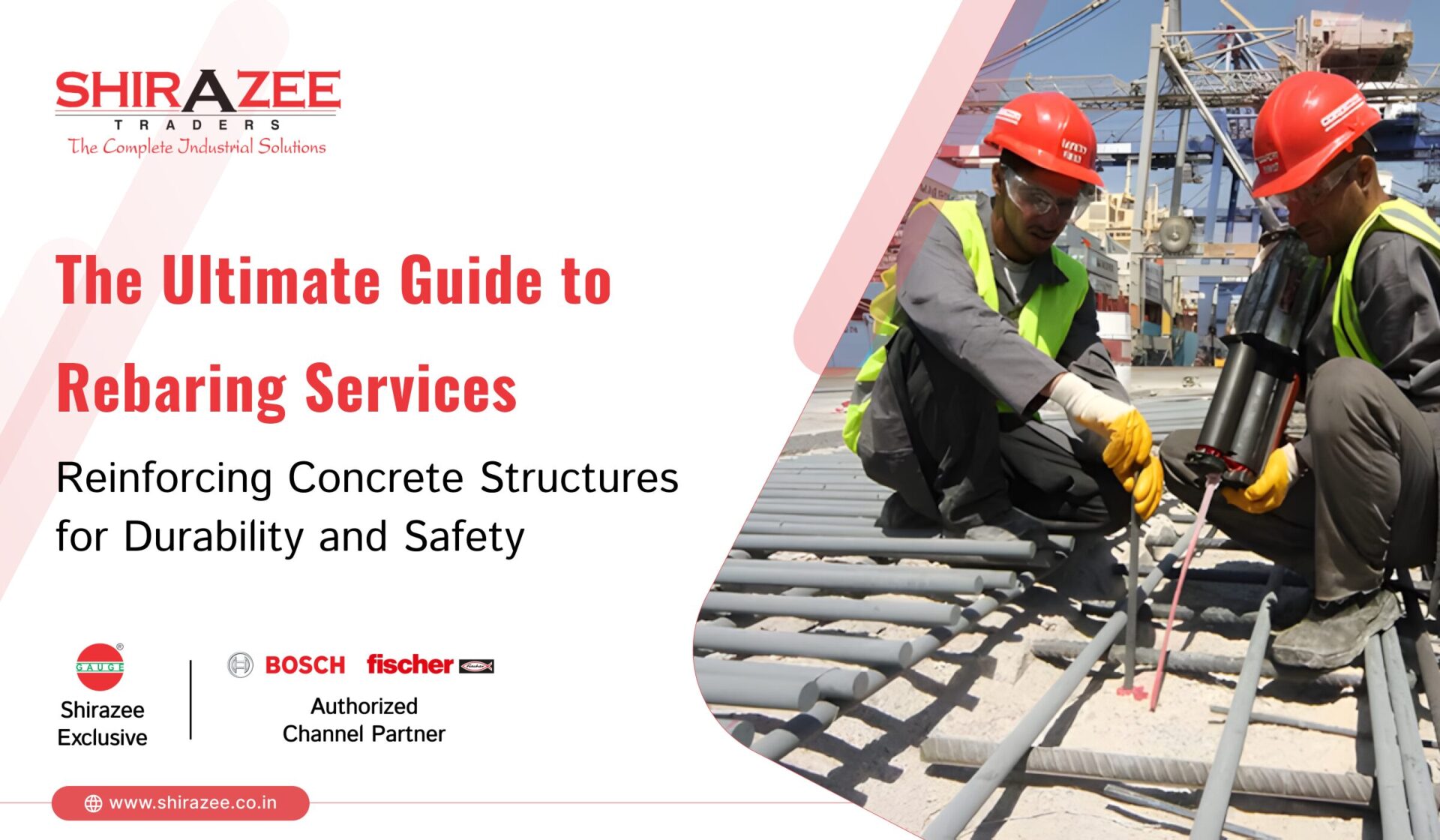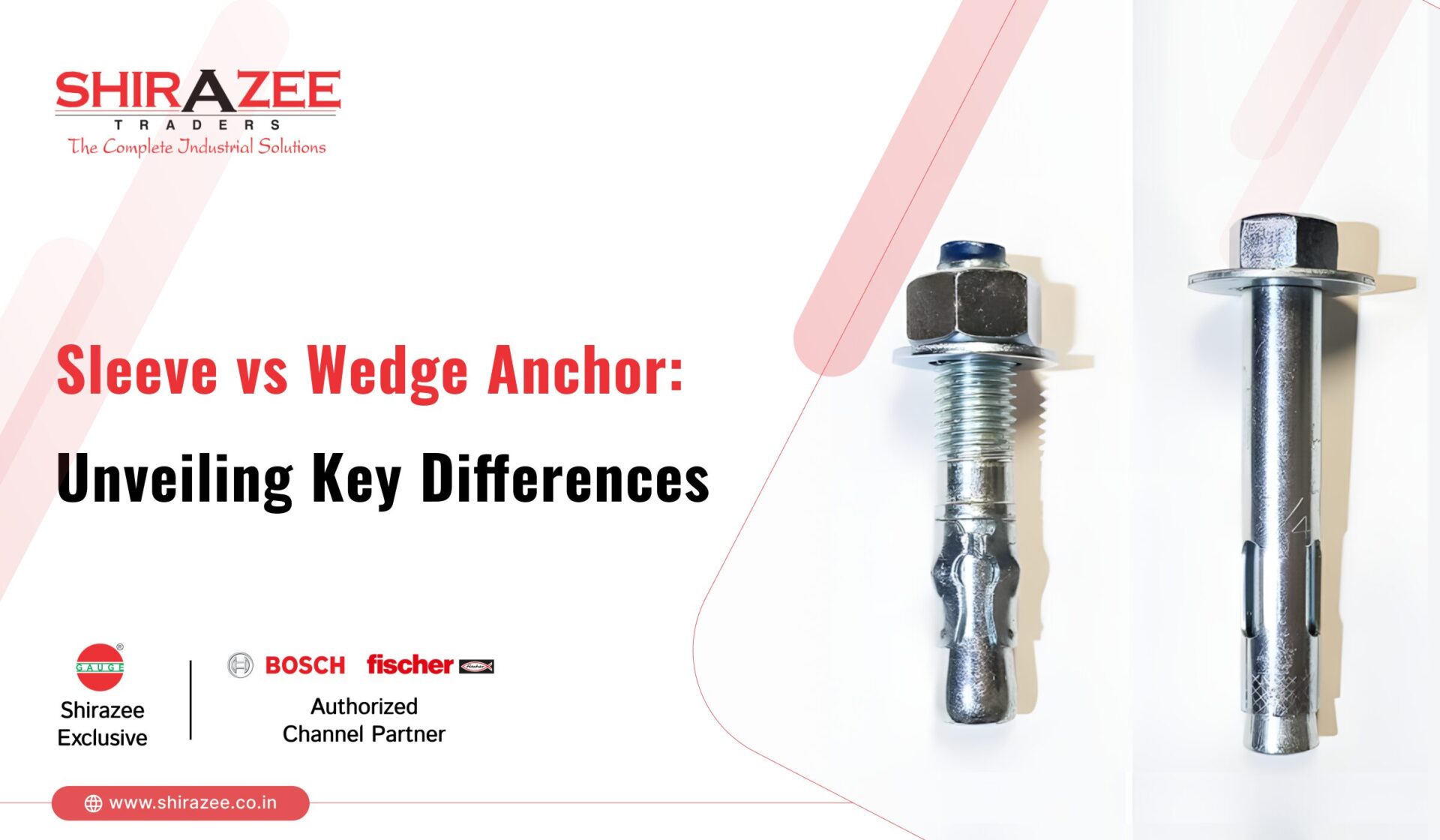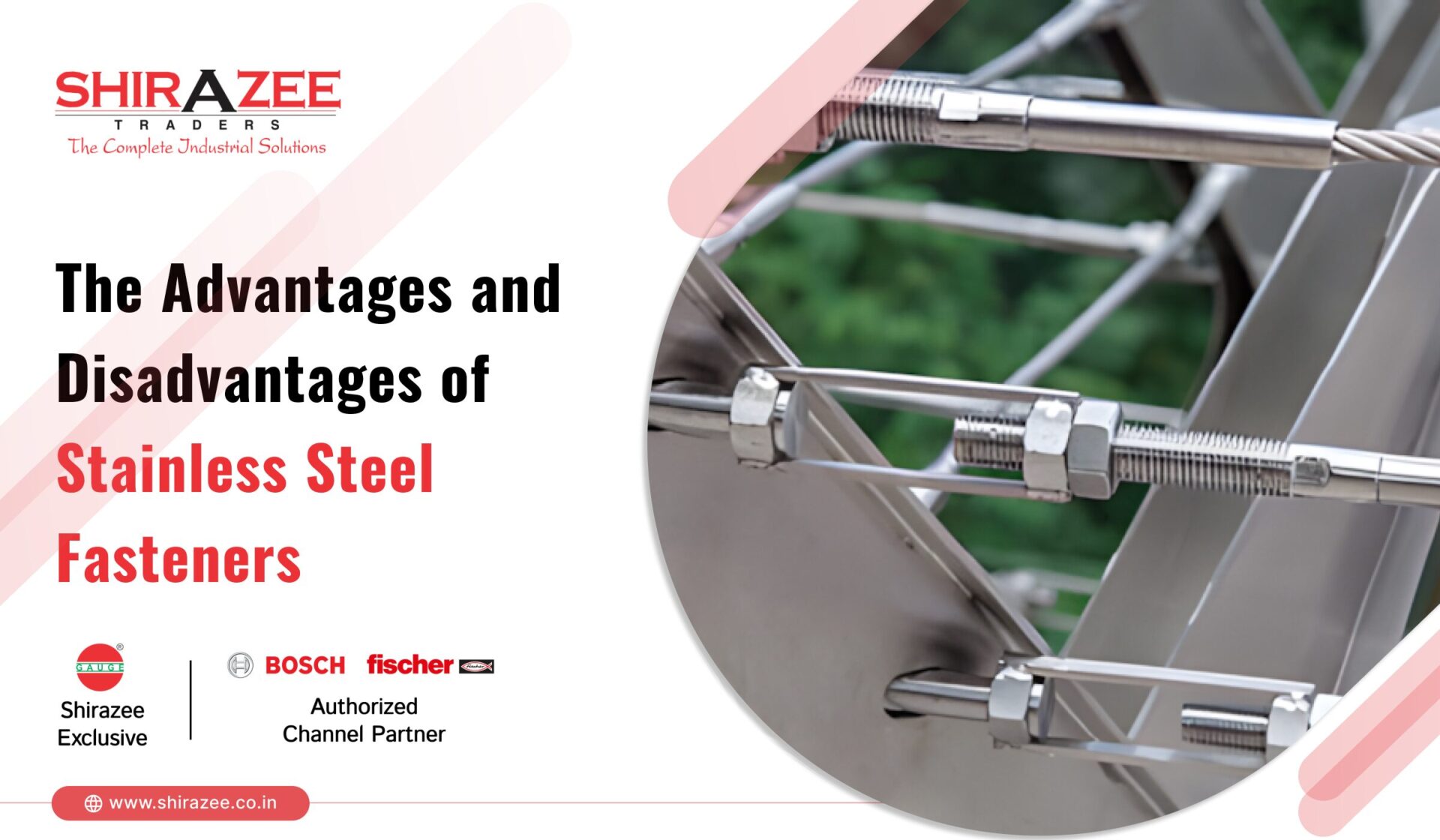
In the evolving world of construction, rebaring services play a pivotal role in reinforcing concrete structures to enhance their durability and safety. Rebar, or reinforcing bar, is a steel bar or mesh of steel wires used to increase the tensile strength of concrete, which is inherently weak in tension. This additional support helps to bear the load and pressure that concrete might otherwise be unable to withstand alone, effectively preventing cracking and structural failure under stress.
Rebaring is not only crucial for maintaining the structural integrity of buildings and infrastructure but also plays a significant role in disaster mitigation, particularly in earthquake-prone areas. By absorbing and distributing the forces exerted during seismic activities, well-reinforced structures are more likely to remain intact. Additionally, the practice of rebaring extends the lifespan of concrete constructions by helping to prevent the premature deterioration that can occur due to environmental challenges and mechanical wear and tear.
The process of rebar installation involves careful planning and placement according to engineering specifications to ensure optimal performance. This might include the use of different types and sizes of rebar, depending on the load requirements and specific conditions of the project. As construction technology advances, the use of automated tools and software for precision in rebar placement is becoming more prevalent, further enhancing the efficiency and effectiveness of rebaring services in modern construction projects.
Understanding Rebar
Rebar is available in various grades, each suited for different structural needs based on anticipated loads and environmental factors. For instance, lower-grade rebar like Grade 40 is suitable for lighter, residential constructions, while higher grades like Grade 60 and Grade 75 are used for commercial buildings and heavy-load structures such as high-rise buildings and bridges. The specified rebar grade is essential to ensure that the structure can withstand the designed loads, maintaining both its integrity and safety.
Rebar Sizes and Installation
The size of rebar is crucial for ensuring the concrete structure’s strength and load-bearing capacity. It is typically sized by the number that corresponds to its diameter in eighths of an inch, with larger diameter rebars providing greater strength. Proper installation of rebar is critical and involves planning, positioning, and securing the reinforcement within the concrete forms to ensure optimal load distribution and structural integrity.
Advantages of Rebaring
The advantages of incorporating rebaring services into construction projects extend significantly beyond just enhancing the longevity and safety of structures. Rebar provides critical tensile strength to concrete, which is naturally strong in compression but weak under tension. This reinforcement allows concrete to endure various environmental stresses such as temperature fluctuations, moisture, and physical loads, thereby preventing structural failures and cracks. The use of rebar helps in maintaining the structural integrity of buildings during seismic activities. Properly reinforced concrete can absorb and distribute the energy from earthquakes more effectively, reducing the risk of catastrophic collapses. This is particularly vital in regions that are prone to seismic events, where reinforcing bar installation is governed by stringent building codes to ensure maximum safety.
By selecting the appropriate type and grade of rebar, engineers and construction professionals can tailor the reinforcement to meet specific structural demands and compliance requirements. This customization ensures that each project not only meets the necessary safety standards but also achieves a balance between cost-effectiveness and performance longevity. Additionally, rebaring contributes to the sustainability of construction projects. Structures built with reinforced concrete typically have a longer lifespan and require less maintenance over time, which translates to lower lifecycle costs and reduced resource consumption for repairs and rebuilds. This makes rebaring a financially sensible choice as well as an environmentally responsible one.
Types of Rebar
1. Carbon Steel Rebar
This is the most commonly used type of rebar and is known for its versatility and strength. It’s particularly effective in reinforcing concrete to withstand tension forces and is widely used in building structures and infrastructure like bridges and roads.
2. Welded Wire Fabric
This type of rebar is made from a series of steel wires arranged at right angles and welded at all the intersections. It provides a mesh-like reinforcement suitable for flat structures like floors and pavements.
3. Epoxy-Coated Rebar
To combat corrosion, especially in environments exposed to saltwater or where de-icing salts are prevalent, rebar is coated with a thin layer of epoxy. This coating delays the onset of rust and corrosion, making it a preferred choice for structures prone to such exposure.
4. Galvanized Rebar
This rebar is coated with zinc to protect it against corrosion. It’s more expensive than epoxy-coated rebar but offers superior protection against rust and corrosion, thus extending the lifespan of concrete structures in corrosive environments.
5. Stainless Steel Rebar
Known for its high corrosion resistance, stainless steel rebar is used in projects where durability and longevity are critical. It’s significantly more expensive than other types of rebar but is necessary in harsh environments and in structures requiring minimal maintenance.
6. Glass-Fiber-Reinforced-Polymer (GFRP) Rebar
Non-metallic and resistant to corrosion, GFRP rebar is made from a polymer resin reinforced with glass fibers. While it’s lighter and stronger in tension than steel rebar, it’s also more expensive and typically used in specialized applications like MRI facilities or scientific research buildings where metal use must be limited.
Read More: Differences between Rebaring and Bar Bending
Conclusion
As construction technologies advance, understanding and utilizing the right rebaring services is crucial. With proper selection, installation, and maintenance of rebar, structures can achieve the desired durability and safety, standing strong against natural and man-made challenges. For anyone involved in building and construction, rebaring is an essential practice that ensures the longevity and integrity of concrete structures, enabling them to meet modern demands and standards.







